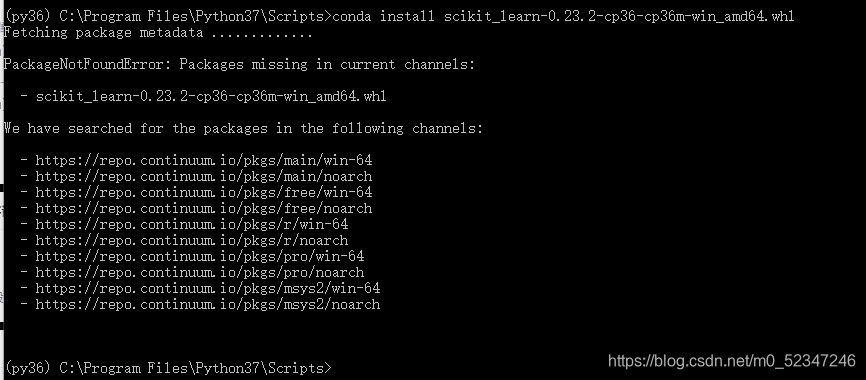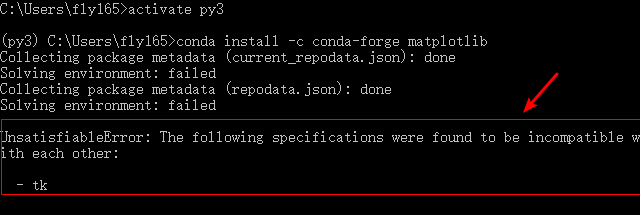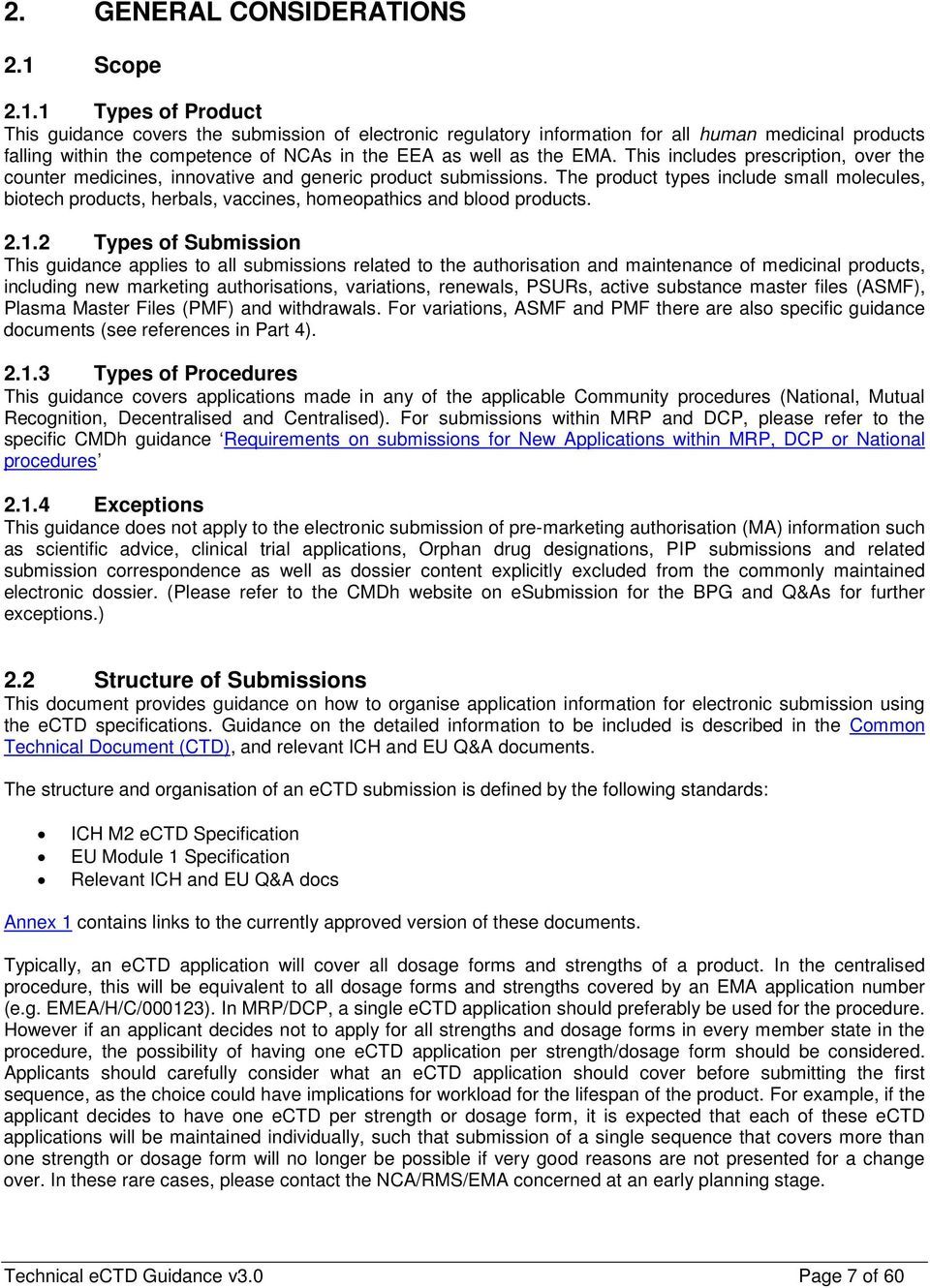Solve Conda Error: 3 Quick Tips

When working with Conda, a powerful package and environment management system, you may encounter the "Conda Error: 3" from time to time. This error can be a bit cryptic and leave users scratching their heads, wondering what went wrong. Fear not! In this article, we'll delve into the common causes behind this error and provide you with three quick and effective tips to resolve it.
Understanding Conda Error: 3

The “Conda Error: 3” is a generic error code that often arises when Conda encounters issues with package installation, environment creation, or package management. It’s a catch-all error that can have multiple underlying causes, making it crucial to understand the context in which it occurs.
Let's explore some common scenarios where you might encounter this error and then dive into practical solutions.
Tip 1: Check Your Package Dependencies

One of the primary reasons for the “Conda Error: 3” is incompatible package dependencies. When installing a package, Conda ensures that all the necessary dependencies are met. If a package relies on specific versions of other packages, and those versions are not available or are incompatible with your current environment, the error can occur.
To resolve this, you should:
- Identify the package causing the issue. This can be done by examining the error message or by using the conda list command to view installed packages.
- Check the package's documentation or repository for its dependency requirements. Ensure that the required packages and their versions are compatible with your Conda environment.
- If a specific package version is causing the error, try updating it to a newer version or, if necessary, downgrading it to an older version that meets the dependency requirements.
For example, let's say you're trying to install a package called PackageX, which requires PackageY version 2.3 or later. However, your environment only has PackageY version 2.2 installed. Upgrading PackageY to a compatible version could resolve the error.
Always keep an eye on package dependencies to ensure a smooth installation process.
Tip 2: Verify Your Environment Specifications
Conda environments are powerful tools for managing different project requirements. However, if your environment specifications are not properly configured, it can lead to the “Conda Error: 3.”
To avoid this, follow these steps:
- Double-check your environment's YAML file (environment.yml) for any typos or incorrect package specifications.
- Ensure that the specified packages and their versions are available in the Conda channels you have configured.
- If you're creating a new environment, make sure you're using the correct Conda commands, such as conda create or conda env create, and providing the necessary arguments.
- Consider using the conda env export command to export an existing working environment as a YAML file. This can serve as a template for creating new environments with the correct specifications.
For instance, imagine you're creating an environment for a data science project. You specify the scikit-learn package, but you accidentally use the incorrect version number in the YAML file. This could result in the "Conda Error: 3" when trying to create the environment.
Being meticulous with your environment specifications is key to avoiding such errors.
Tip 3: Update Your Conda Installation
Sometimes, the issue might not lie with your package or environment configurations but with Conda itself. An outdated Conda installation can lead to compatibility issues and errors.
To address this:
- Regularly update your Conda installation using the conda update conda command. This ensures you have the latest version, which often includes bug fixes and improvements.
- If updating Conda doesn't resolve the issue, consider creating a new environment with a fresh Conda installation. This can help isolate any potential problems with your current setup.
- Always refer to the official Conda documentation for the latest updates and any known issues.
Let's say you're using an older version of Conda, and a recent update has introduced a critical bug fix for the "Conda Error: 3." By updating your installation, you can benefit from this fix and potentially resolve the error.
Keeping Conda up-to-date is an essential practice for any Conda user.
Conclusion: Proactive Package and Environment Management

The “Conda Error: 3” can be a nuisance, but with the right knowledge and approach, it’s entirely manageable. By following the tips outlined in this article, you’ll be better equipped to handle this error and ensure a smooth Conda experience.
Remember, proactive package and environment management is key. Regularly review your dependencies, keep your Conda installation updated, and always refer to official documentation for the latest information.
With these practices in mind, you'll be well on your way to becoming a Conda expert and avoiding common pitfalls like the "Conda Error: 3."
What if the “Conda Error: 3” persists despite trying these tips?
+If the error persists, it’s recommended to seek further assistance from the Conda community or official support channels. Sometimes, the issue might be related to a specific package or a complex environment setup. Reaching out to experienced users or developers can provide valuable insights and potential solutions.
Are there any alternative package managers to Conda?
+Yes, there are alternative package managers like pip (Python’s package manager) and npm (Node.js package manager). However, Conda is particularly powerful for managing entire environments and their dependencies. It’s often the preferred choice for data science and scientific computing projects.
Can I use Conda with other programming languages besides Python?
+While Conda is primarily associated with Python, it can also be used with other languages. Conda’s environment management capabilities are language-agnostic, making it a versatile tool for managing projects in various programming languages.


